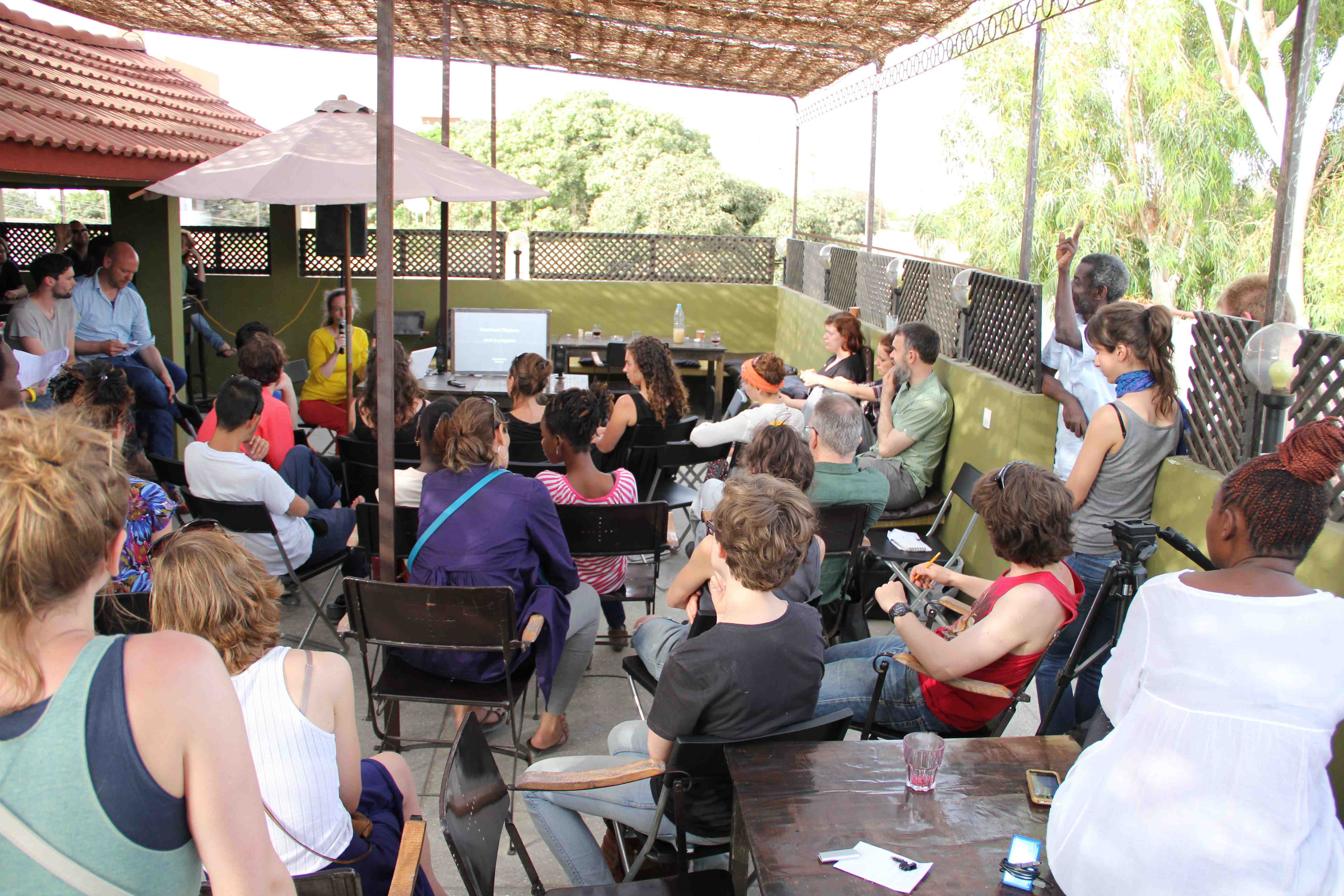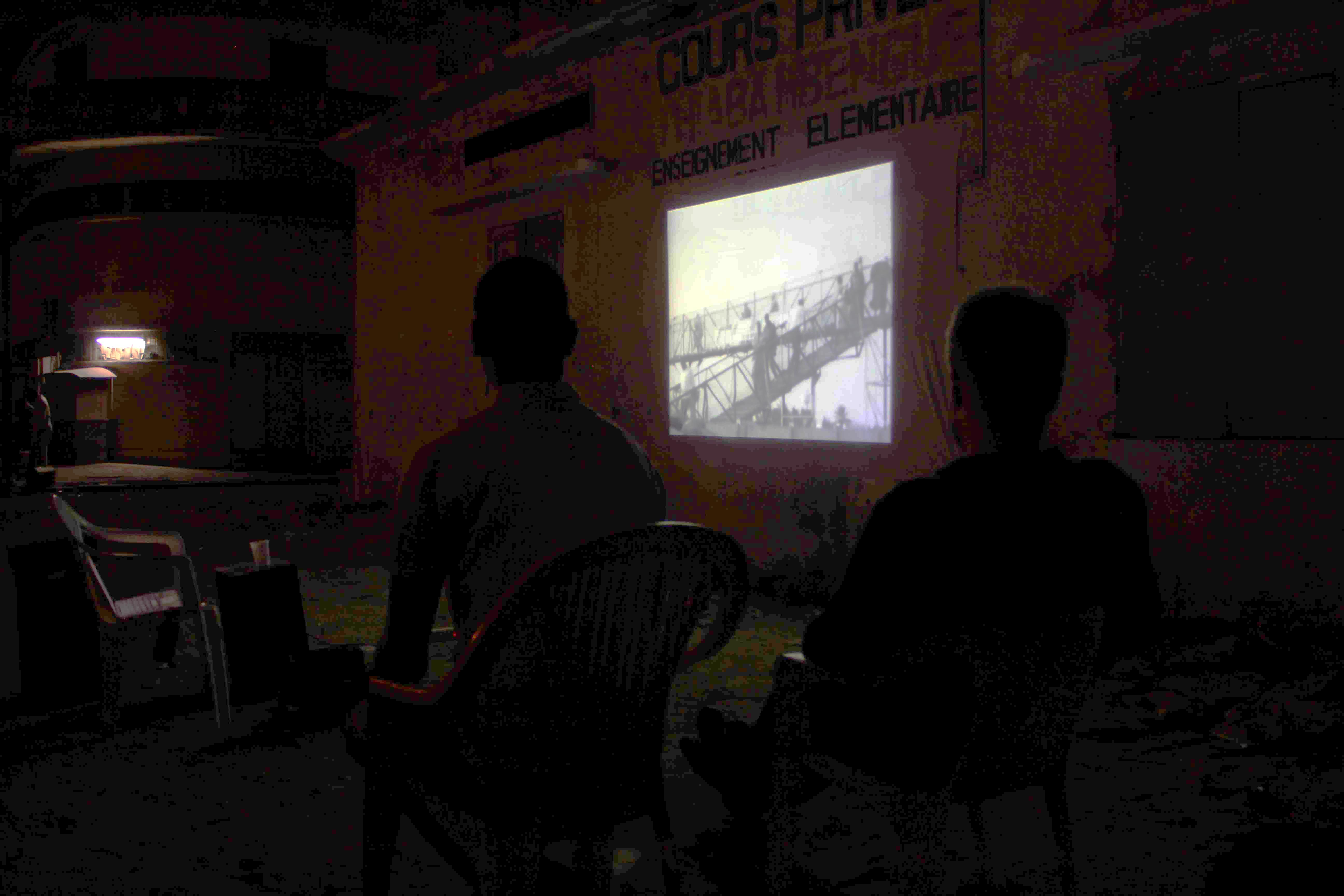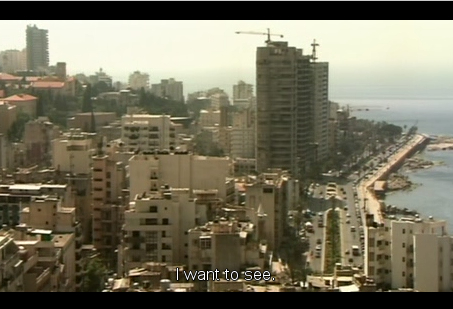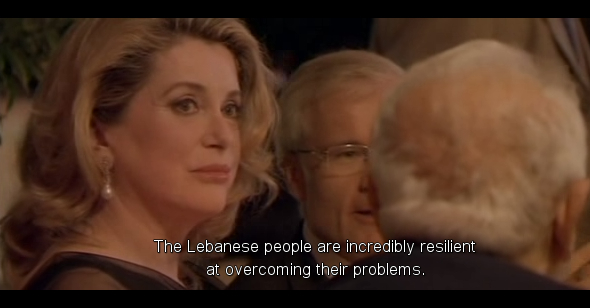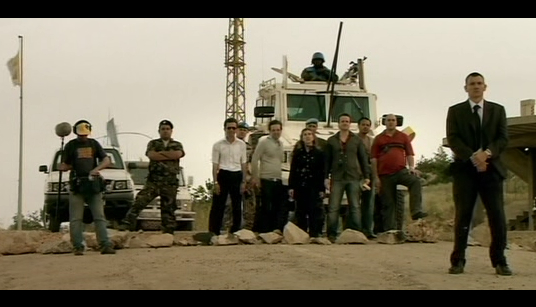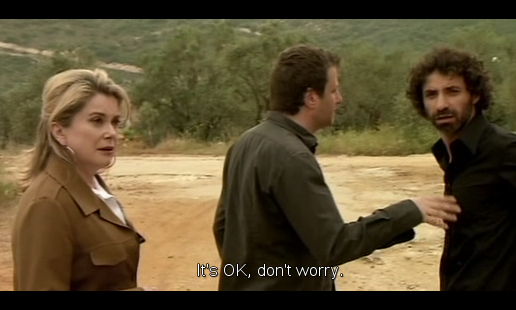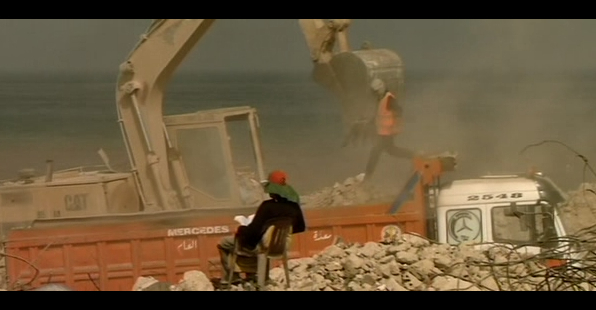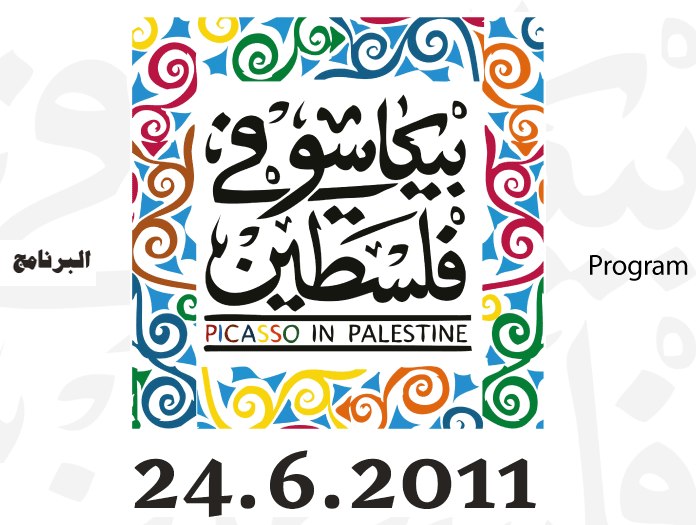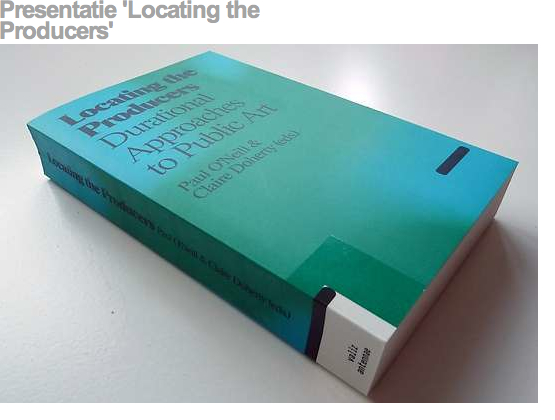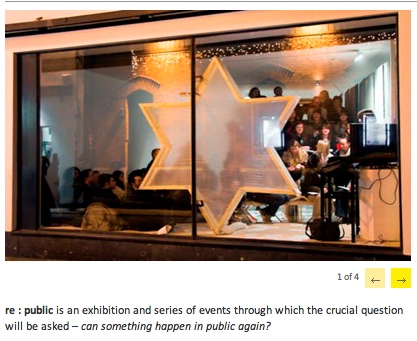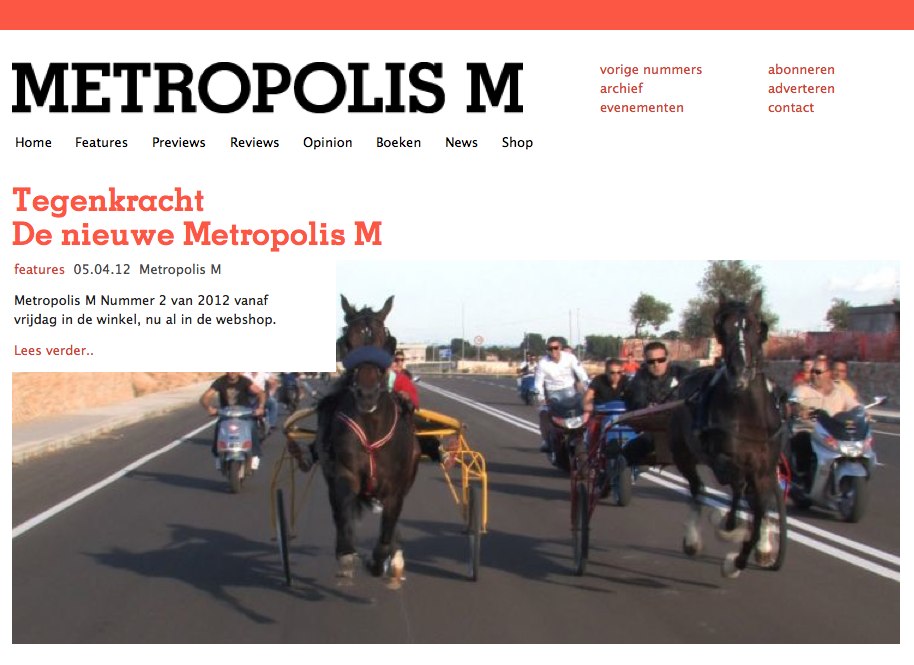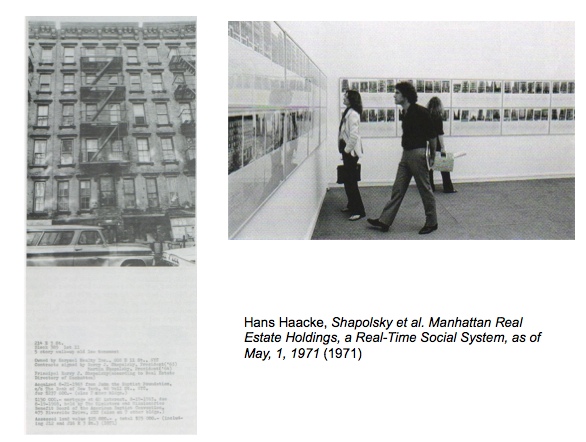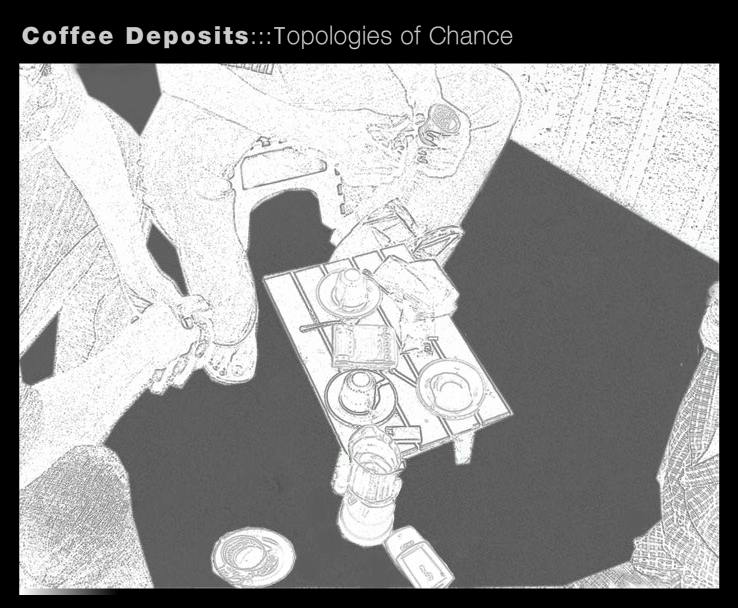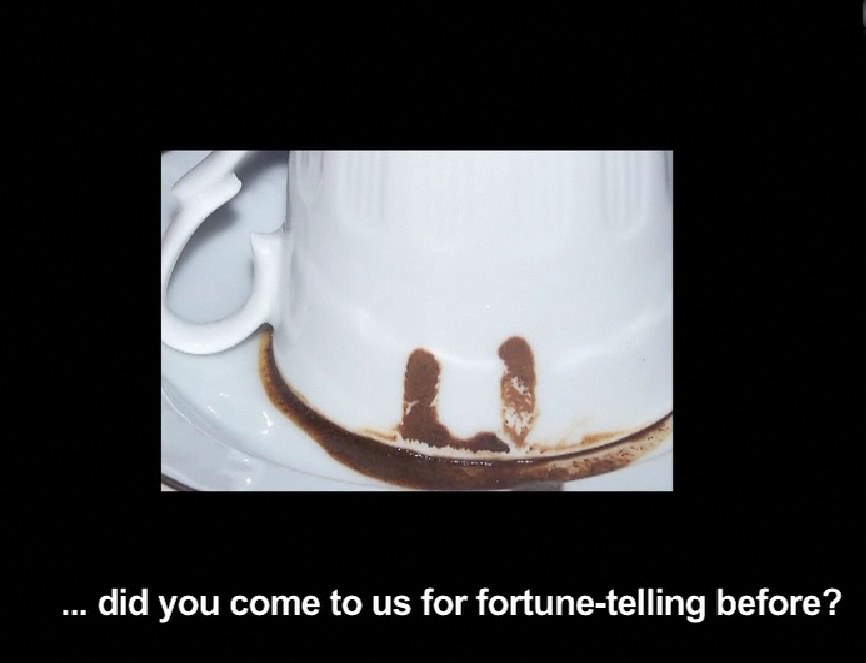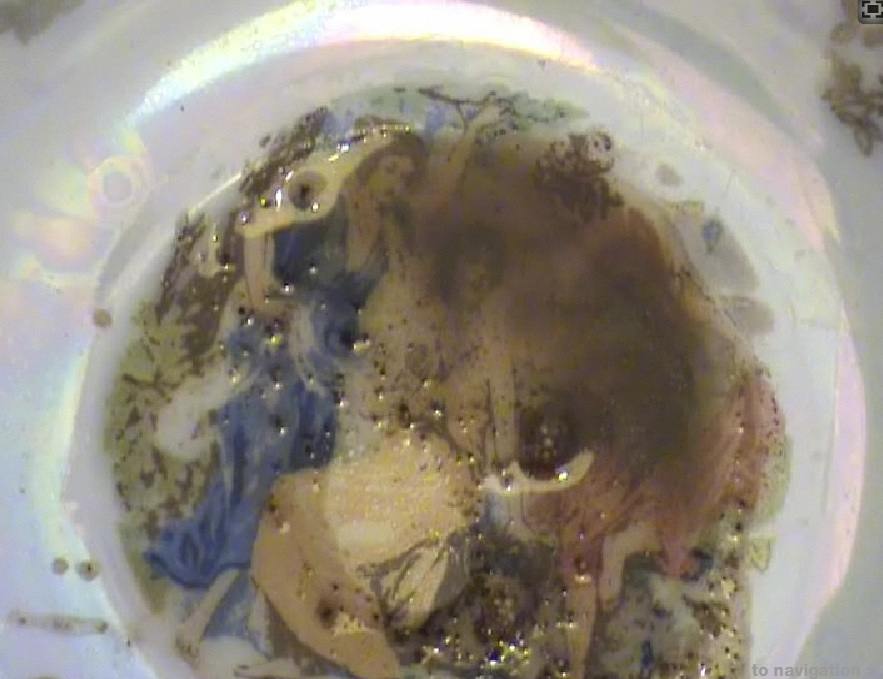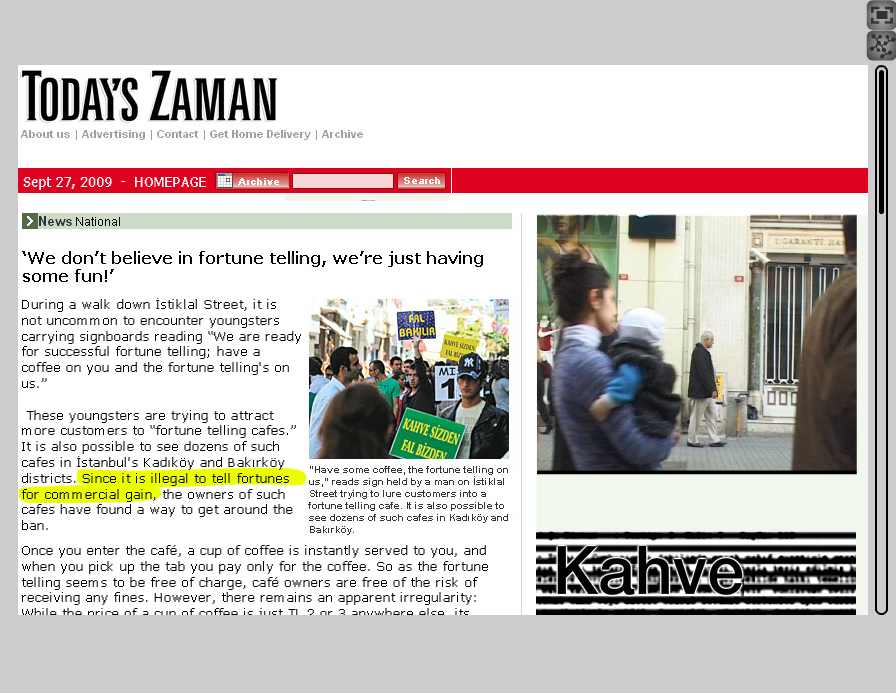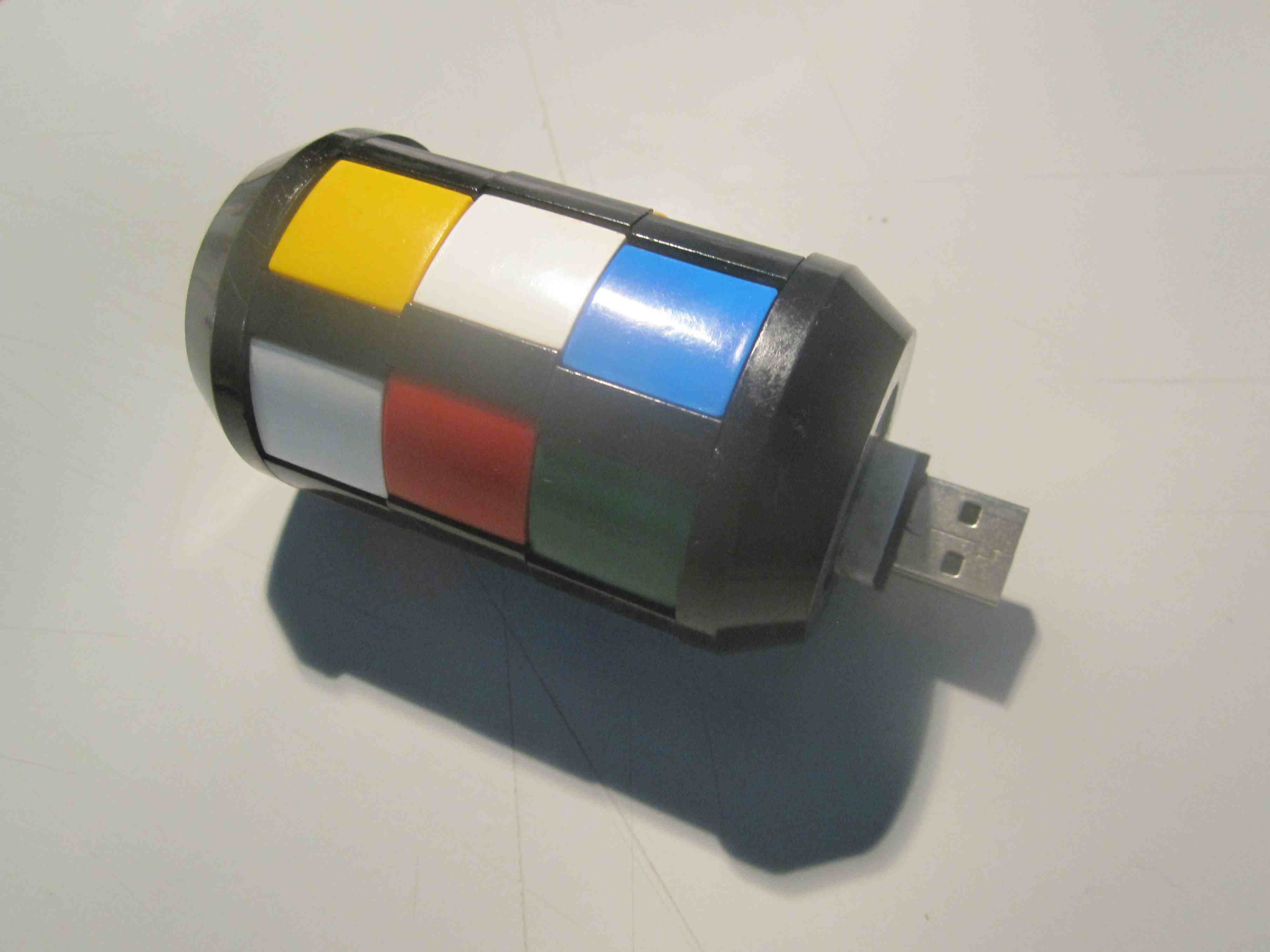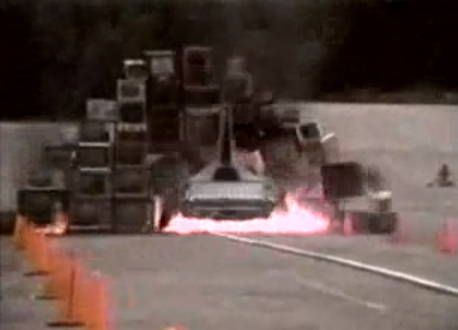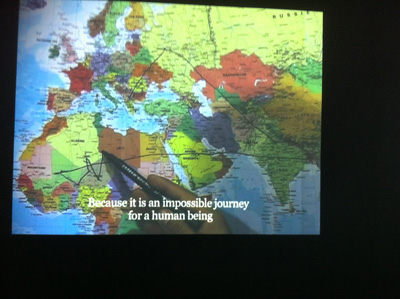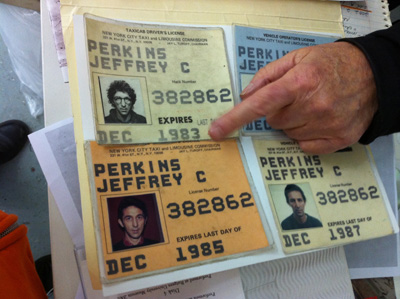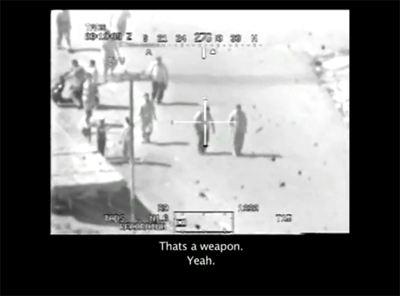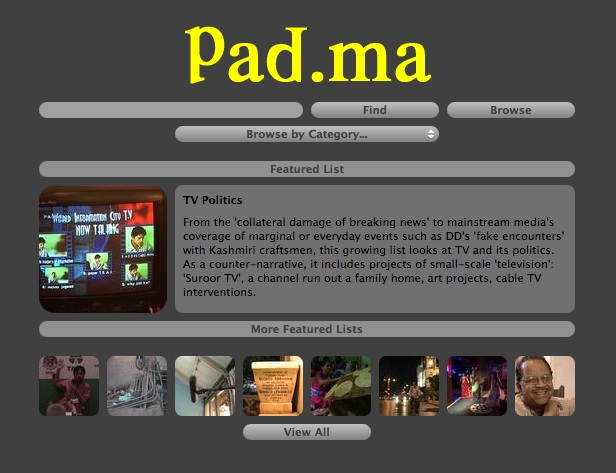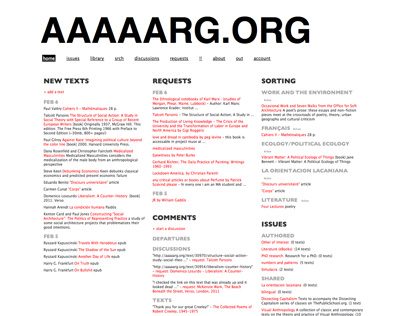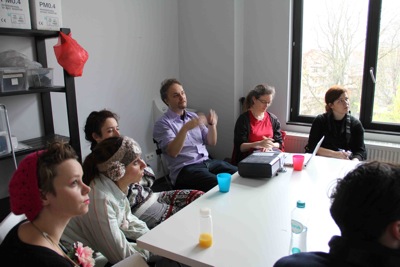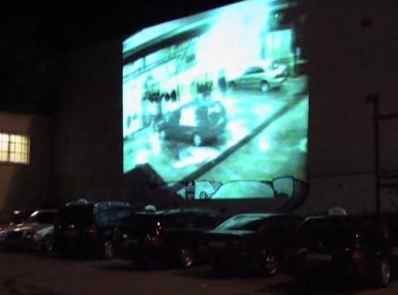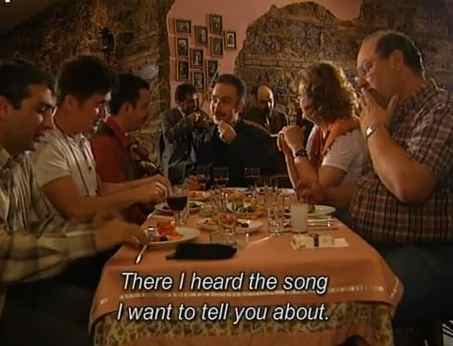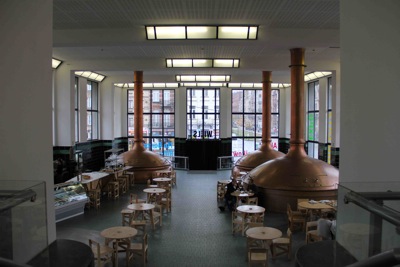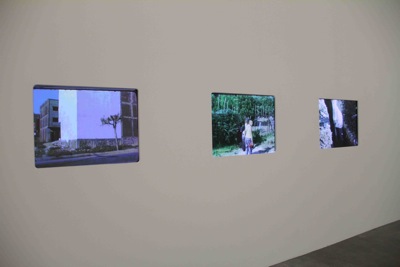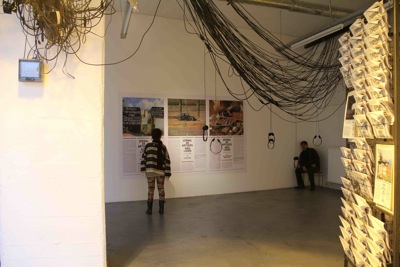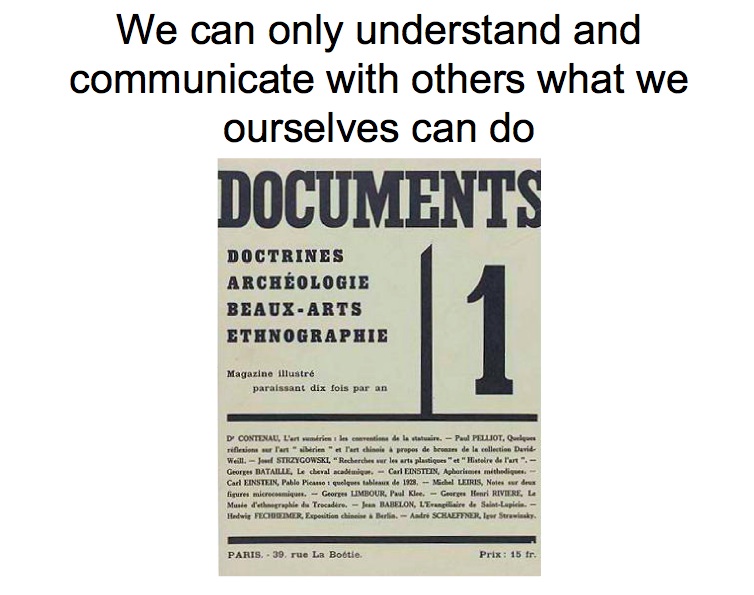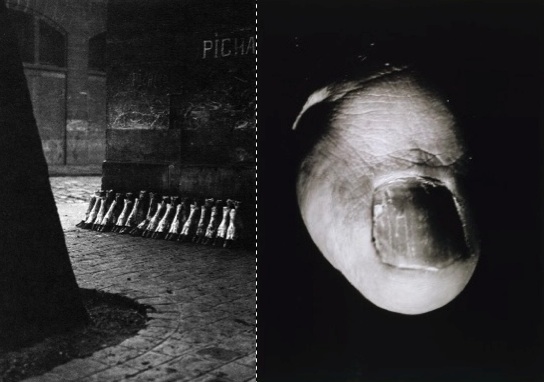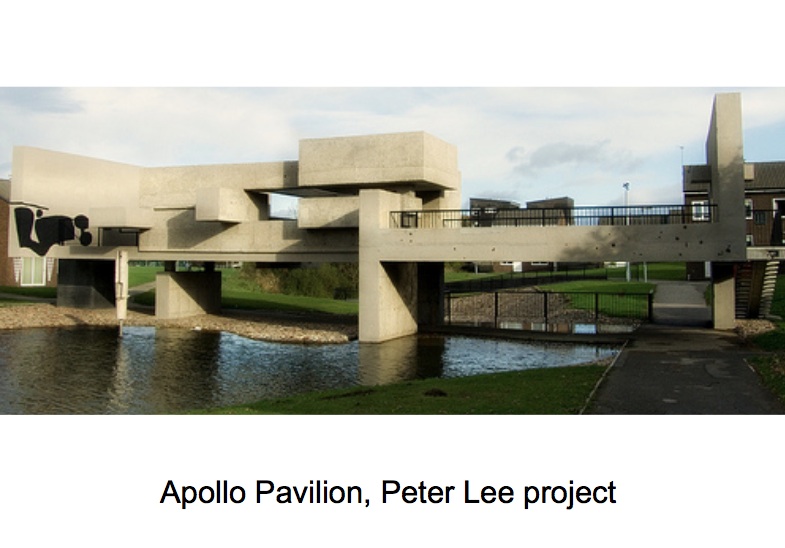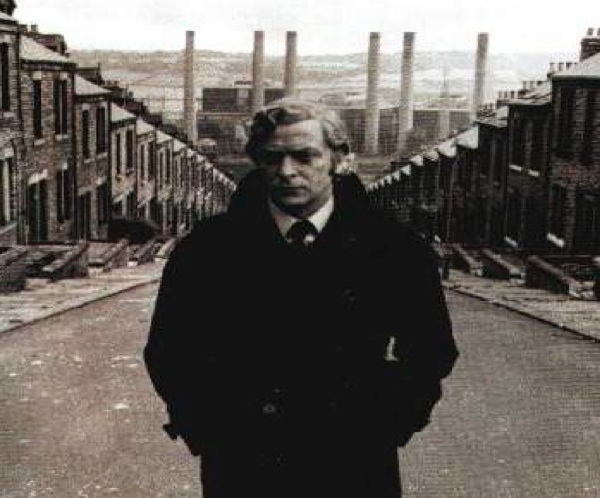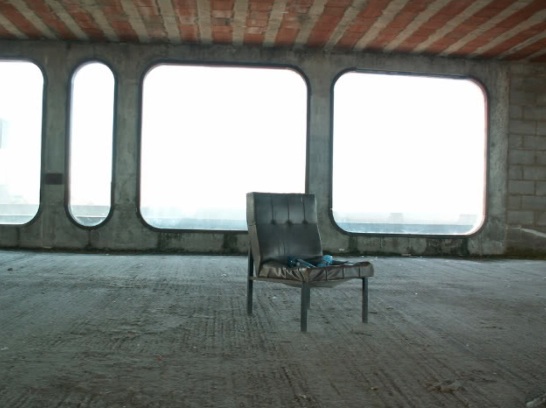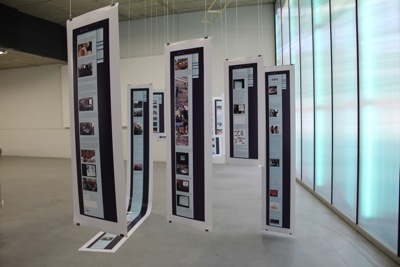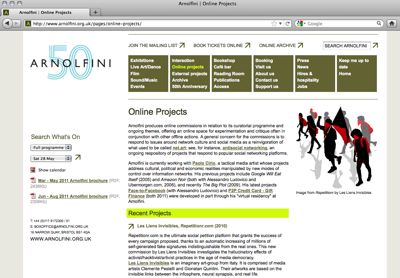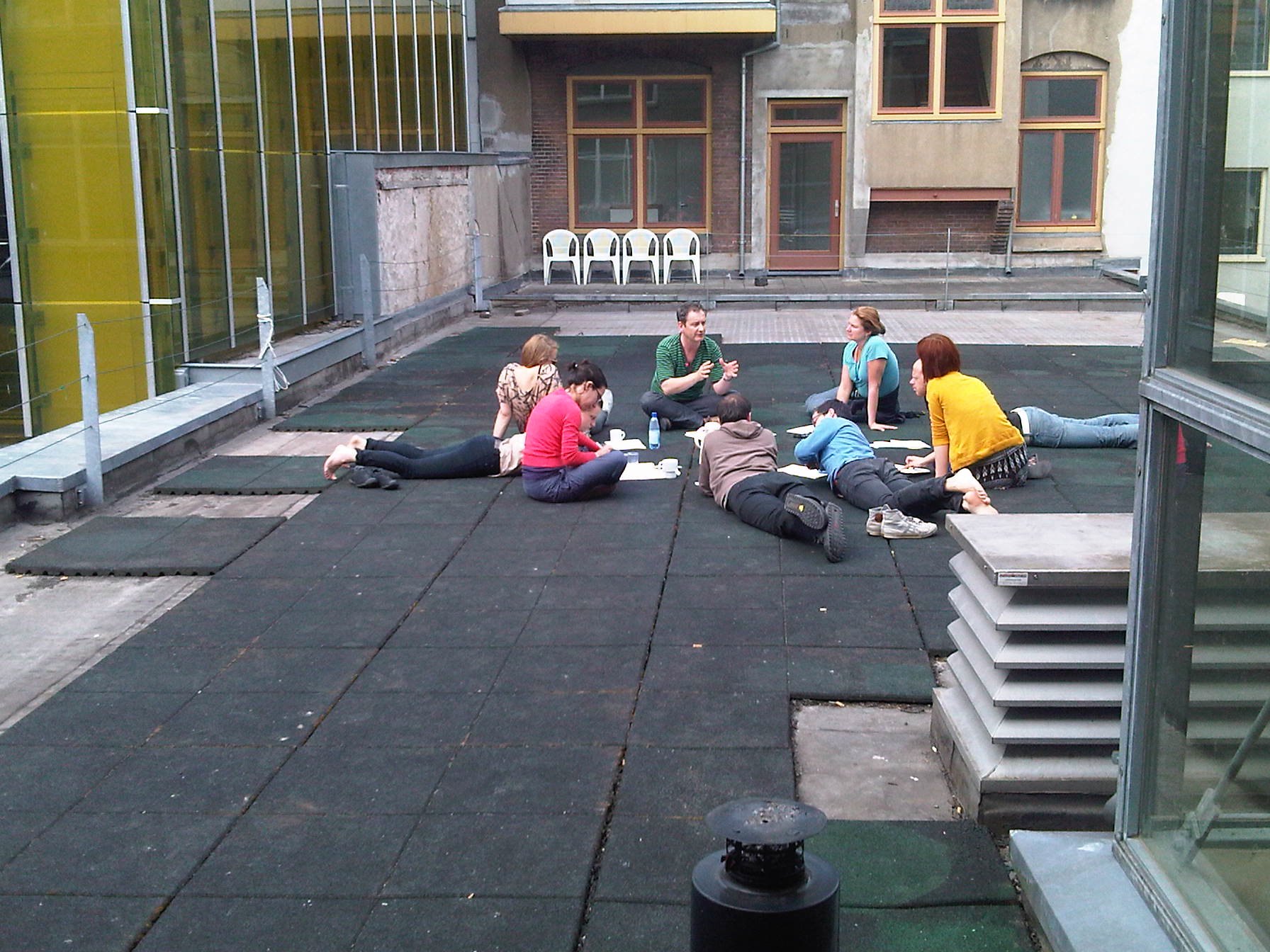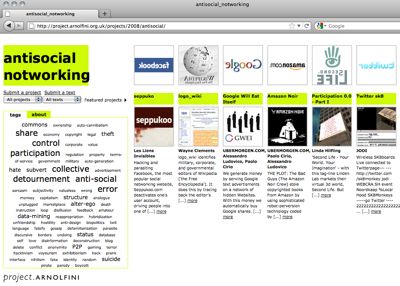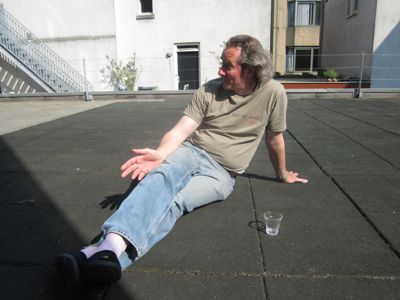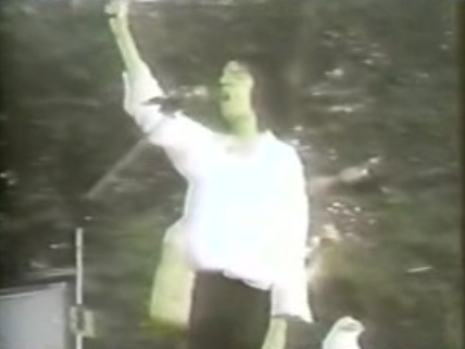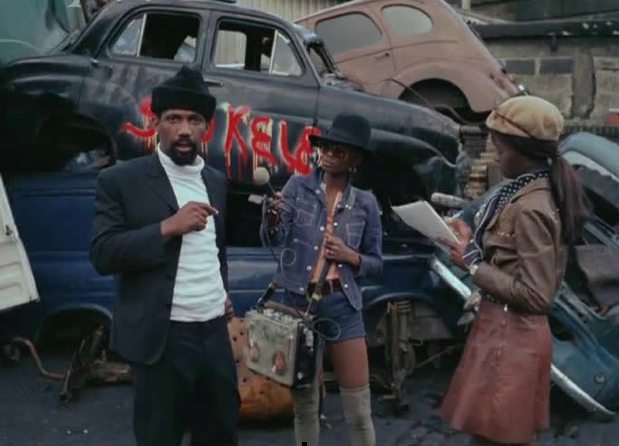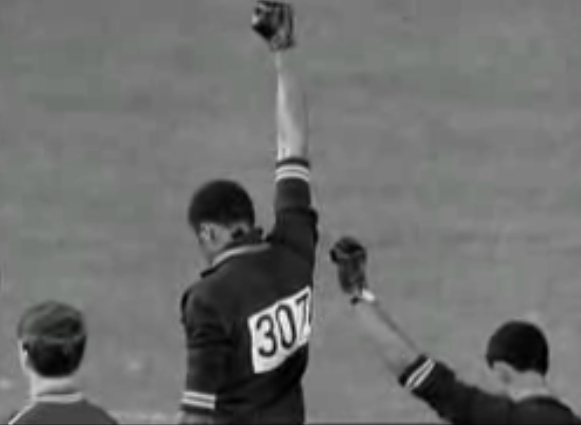From May 3 till May 16, during the Biennale and Dakar OFF events the DAI teamed up with colleagues in and around Dakar. Negotiating Equity in particular looks at ‘curation as artistic practice’ in regard to local contexts, in-situ installations and digital technologies. This year we found form and conclusion in the streets, landscapes and with the people of Dakar with the help of our guide Pape Thiam, journalist Bram Posthumus and Kër Thiossane, Villa for Art and Multimedia. We shared our ‘Works in Progress’ during a public ‘class’ on May 14, organized in collaboration with Raw Material Company, center for art, knowledge and society that works to foster appreciation and growth of African artistic and intellectual creativity.
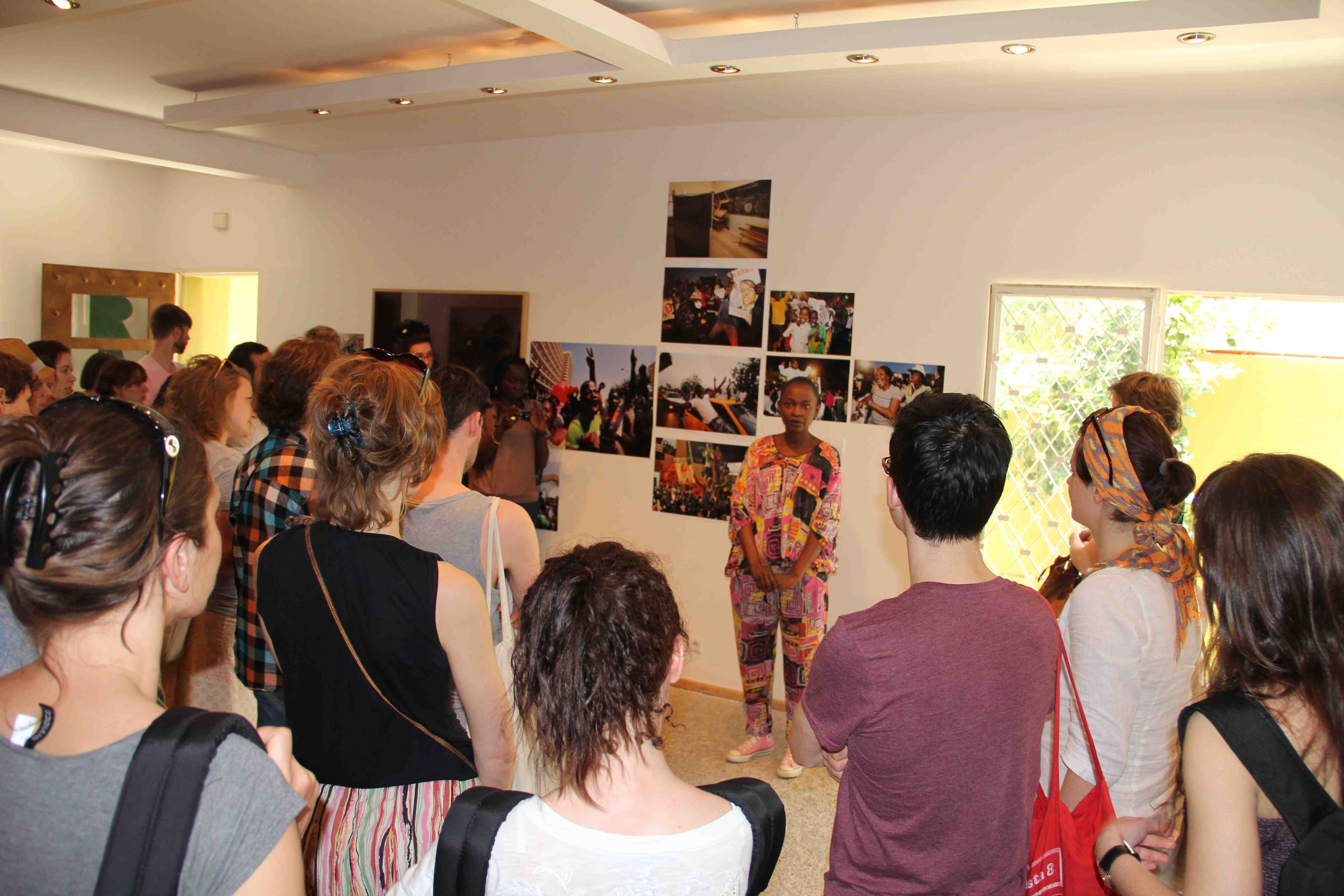
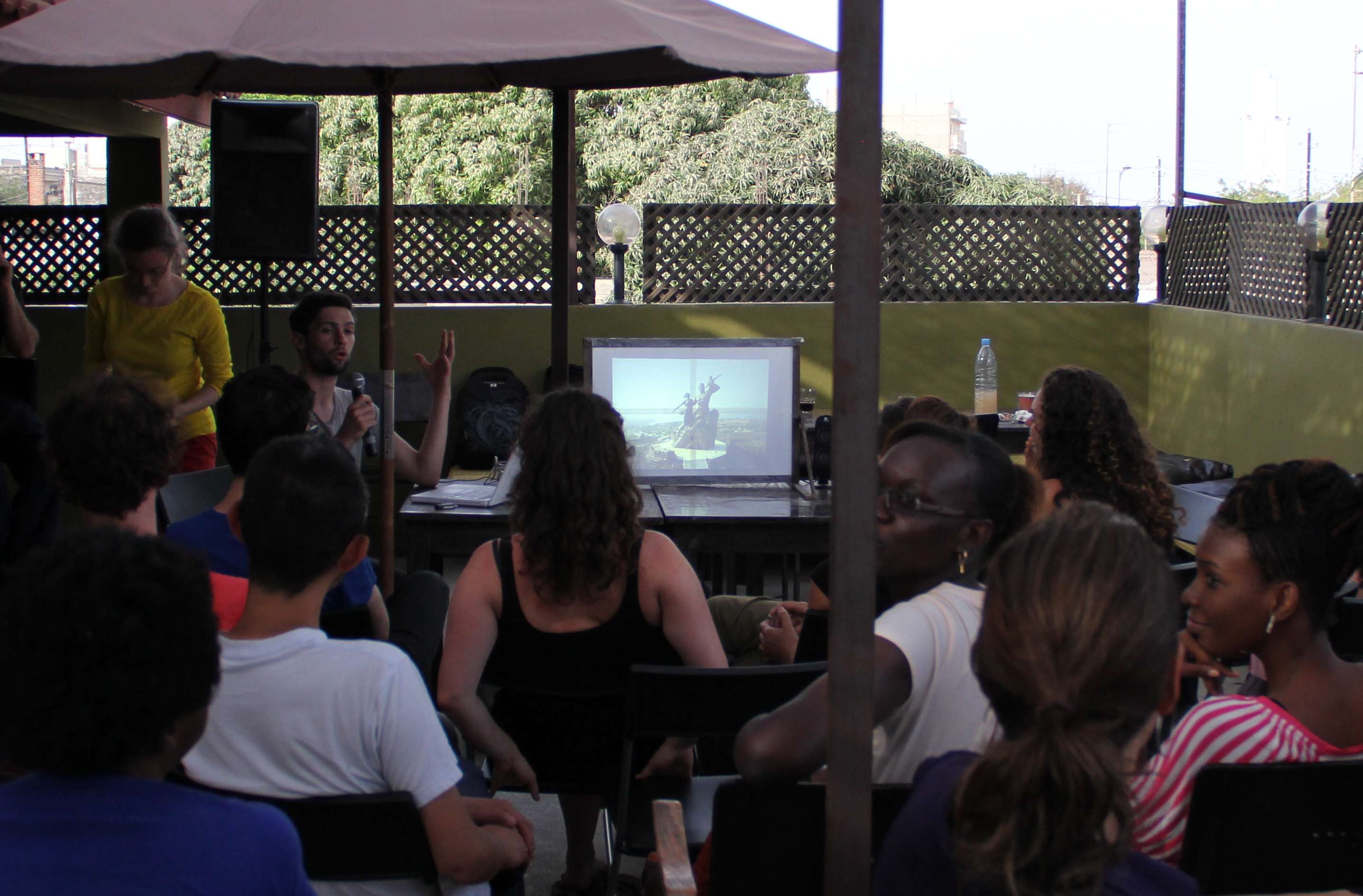
Participants of Negotiating Equity developed projects that include tourist attractions such as the controversial Monument to African Renaissance (MAR), where the former president Wade had North Korea build the monument, declaring ownership while harvesting 33% of the profits shown by Padraig Robinson’s presentation ‘Exported/Imported Identity’. In Dakar, the presidential palace is the site in front of which several cases of self–immolations were executed as desperate calls to structures of power, triggered out of poverty. Maya Hodoscek’s video ‘Postcard’ focuses on the space itself, on the safely guarded landscape in which citizens are being carefully observed and controlled. Drawing on graffiti and the street art scene ‘Absence/Presence’ focuses on images in regard to memory. Magda Mellin joined in with local gaffers to create public works, as well as a performance at Raw Material Company where she invited guests to draw singular images that would were placed on a city wall to create a collective image.
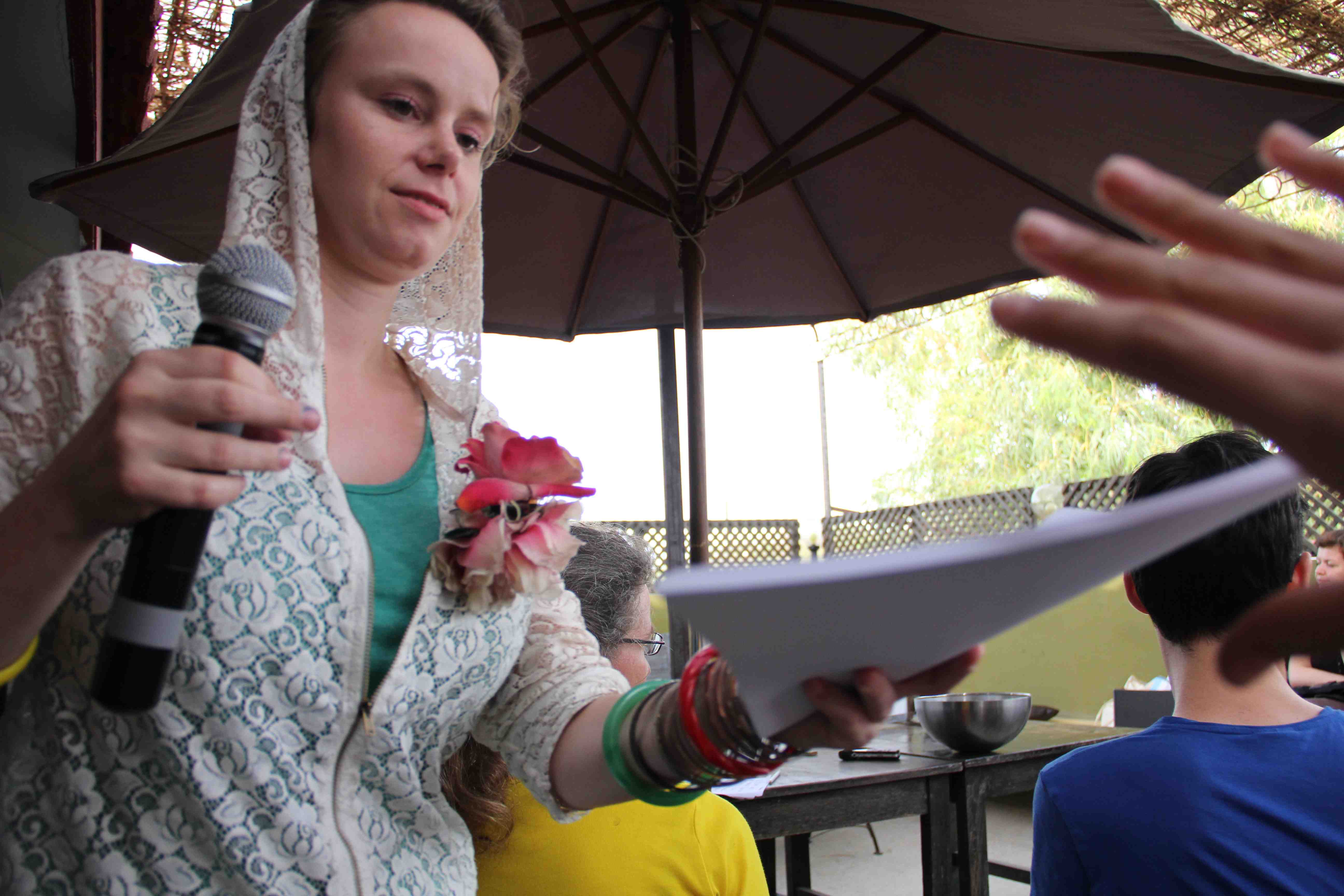

‘Space is the Place’ by Momu and No Es started with an investigation with You Tube lectures about self representation and became Iron Maiden (The Lecture), a sketch for a video starring Mr.Peterson that mixes fact and fiction to approach Africa’s position in the collective consciousness. This research project was based around issues of ethnic difference, postcolonial policies and one’s own artistic research- to what extent the accuracy (in the construction of a “fiction epeculativa”) is appropriated. Traversing two worlds, ‘Roadstead Rhythms’ by Ingeborg Entrop united the distinct aural differences between Ile de Gorée, nowadays a Unesco heritage site that marks its importance as a monument for Atlantic slave trade, and the Dutch island of Goeree which it was named after. ‘Comme Si’ (As if) by Yoeri Guipin refers to the process of observing and absorbing another culture, yet never being able to look at yourself through the eyes of “others”. After all the cinemas have been closed in Dakar, ‘Comme si’ was a street cinema screening where three languages (Wolof, French and English) converge, offering a platform for a collective experience of an historic film from 1966: ‘La Noire de…’ by Ousmane Sembéne.
Thanks to: Ingeborg Entrop, Yoeri Guepin, Maja Hodoscek, Magda Mellin, Momu and No Es, Padraig Robinson, Pape Thiam, Amoniak Graff, Pape Mamadou Camara (Youngnoble Outlaw), Docta, Bram Posthumus, and media-lab Kër Thiossane.
